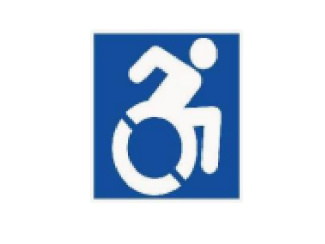Roadway Markings
- Solid Lines: Solid lines separate lanes of traffic. Motorists are not permitted to pass other vehicles nor change lanes. You may cross the solid lines in an emergency (turns, breakdown, object in road, parking, etc).
- Broken Lines: Broken lines separate lanes of traffic. Motorists are permitted to pass other vehicles (yellow or white) and change lanes (white).
- Solid with broken lines: A solid line with a broken line is usually painted on two-lane roadways. Motorists with the solid line on their side of the roadway should not pass another vehicle nor cross the solid line. Exceptions exist in emergencies (object in roadway, vehicle in roadway, making a legal left/right hand turn, parking, breakdown). Motorists with the broken line at the drivers’ side may pass another vehicle with care.
- Yellow Lines: Yellow lines separate traffic traveling in opposite directions. Single or double solid yellow lines separate traffic traveling in opposite directions. They prohibit motorists from passing other vehicles. Motorists may not cross the solid lines. Exceptions exist (legal turns, object in road, etc.). Broken yellow lines separate traffic traveling in opposite directions. Passing another vehicle is permitted with care.
- White Lines: White lines are painted upon the highways to separate traffic moving in the same direction. Solid white lines are usually found to the far right or left (carpool, restricted lane, breakdown, parking) of roadways. Passing another vehicle and changing lanes are restricted. Exceptions exist (carpool lane, slow moving vehicles, hills, breakdown, parking, etc.). Broken white lines allow motorists the opportunity to pass other vehicles and change lanes.
- Other roadway markings consist of: Crosswalks, Xing, RR, stop lines, parking lanes, reversible lanes, restricted lanes, and shared turn lanes. A shared turn lane is the center lane of traffic set apart from the travel lanes by solid single yellow lines on the outside and broken yellow lines inside the shared turn lane. The lane also has arrows painted on the pavement and usually signs indicating restriction for use of the lane for turning only. Motorists wishing to turn shall not enter the lane unless they intend to turn within 100 feet (minimum).
- Shared Lane marking, or a “Share the Road” with bicycles and bike lanes: A shared-lane marking, installed in the center of a travel lane to indicate that a bicyclist may use the full lane. It is to alert motorists of the lateral location bicyclists are likely to occupy within the traveled way and reduce the incidence of wrongway bicycling.
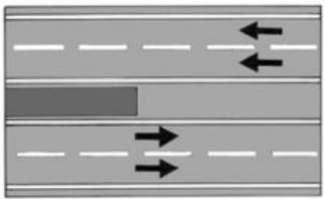
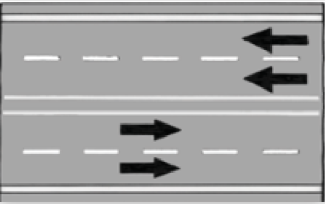
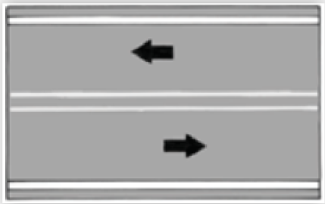
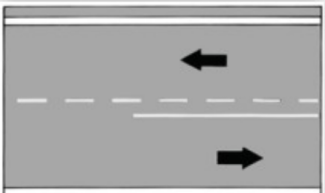
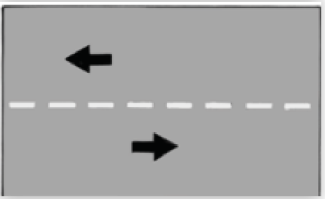

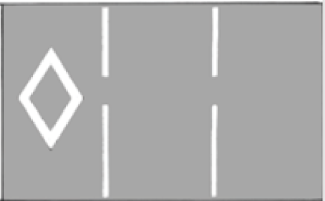
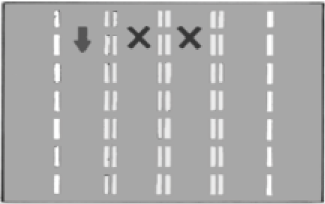
Disabled Parking with Permit Only.
